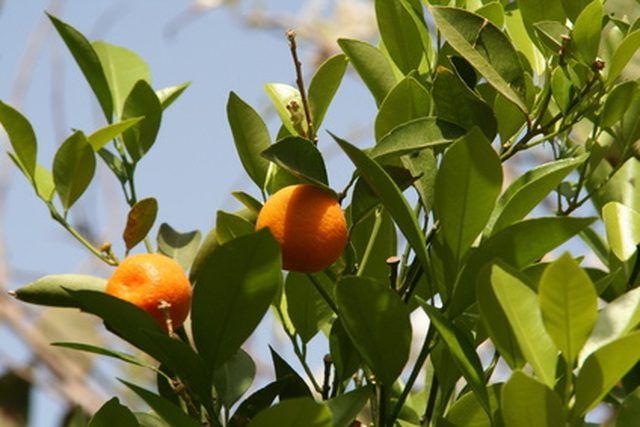Bulbs
Flower Basics
Flower Beds & Specialty Gardens
Flower Garden
Garden Furniture
Garden Gnomes
Garden Seeds
Garden Sheds
Garden Statues
Garden Tools & Supplies
Gardening Basics
Green & Organic
Groundcovers & Vines
Growing Annuals
Growing Basil
Growing Beans
Growing Berries
Growing Blueberries
Growing Cactus
Growing Corn
Growing Cotton
Growing Edibles
Growing Flowers
Growing Garlic
Growing Grapes
Growing Grass
Growing Herbs
Growing Jasmine
Growing Mint
Growing Mushrooms
Orchids
Growing Peanuts
Growing Perennials
Growing Plants
Growing Rosemary
Growing Roses
Growing Strawberries
Growing Sunflowers
Growing Thyme
Growing Tomatoes
Growing Tulips
Growing Vegetables
Herb Basics
Herb Garden
Indoor Growing
Landscaping Basics
Landscaping Patios
Landscaping Plants
Landscaping Shrubs
Landscaping Trees
Landscaping Walks & Pathways
Lawn Basics
Lawn Maintenance
Lawn Mowers
Lawn Ornaments
Lawn Planting
Lawn Tools
Outdoor Growing
Overall Landscape Planning
Pests, Weeds & Problems
Plant Basics
Rock Garden
Rose Garden
Shrubs
Soil
Specialty Gardens
Trees
Vegetable Garden
Yard Maintenance
How to Care for a Mandarin Orange Tree
How to Care for a Mandarin Orange Tree. Citrus reticulata trees, also known as mandarin orange trees, are willowy citrus trees that produce easy-to-peel and exceptionally sweet citrus fruit. Native to the Philippines and southeastern Asia, mandarin orange trees are cold-hardier than most other varieties of citrus. Still, the tender mandarin oranges...

Citrus reticulata trees, also known as mandarin orange trees, are willowy citrus trees that produce easy-to-peel and exceptionally sweet citrus fruit. Native to the Philippines and southeastern Asia, mandarin orange trees are cold-hardier than most other varieties of citrus. Still, the tender mandarin oranges can be damaged by temperatures lower than 26 degrees F, they and grow best in USDA plant hardiness zones 9 and 10. With deep green foliage and bright orange fruit, mandarin orange trees can make an attractive and fruitful addition to your home landscape.
Things You'll Need
Mandarin orange tree
Shovel
Spade
Potting soil
Garden hose
Contact herbicide
Citrus fertilizer
Plant your mandarin orange tree in a location in your home landscape that receives between eight and 10 hours of direct sunlight each day. The planting location you choose for your mandarin orange tree should also offer well-drained soil.
Use a circular mound of potting soil to construct a watering ring on the surface of the soil around your mandarin orange tree that is approximately 2 feet in diameter. Form the walls of the watering ring so that they are 6 inches high and 6 inches thick. Fill the ring with water and wait for it to soak into the soil.
Water your mandarin orange tree using the watering ring method once or twice a week for the first month after planting. Decrease the frequency of watering to once every seven to 10 days until the entire watering ring is absorbed into the surrounding soil. Provide established mandarin orange trees with at least 1 inch of water each week in the absence of rain.
Keep the soil underneath your mandarin orange tree free of grass and weeds, which will try to compete with your tree for moisture and nutrients. Hand-pull simple weeds, or use a contact herbicide for more stubborn vegetation. Use chemical herbicide products according to package directions to avoid harming your tree.
Fertilize mandarin orange trees in the spring, once new growth is observed, using a fertilizer that has been specially formulated for citrus trees. Though specially formulated citrus fertilizer is preferred, you can use 21-0-0 or 20-10-10 fertilizers. Apply the fertilizer to the soil around your mandarin orange tree according to package directions.
Prune your mandarin orange tree, as needed, to remove broken, diseased or dead branches. Use only sharpened and sterilized pruning shears when pruning your mandarin orange tree to avoid the possible spread of disease.
Tips & Warnings
Protect your mandarin orange trees from temperatures below 26 degrees F. Wrap the trunk of your mandarin orange tree in a blanket and use stakes to secure the corners of the blanket to the ground. If you live in a climate where the temperature frequently drops below 26 degrees F, consider planting your tree in a large pot that you can bring indoors during cold weather.
Do not allow the contact herbicide to come into contact with the bark or foliage of your mandarin orange tree.